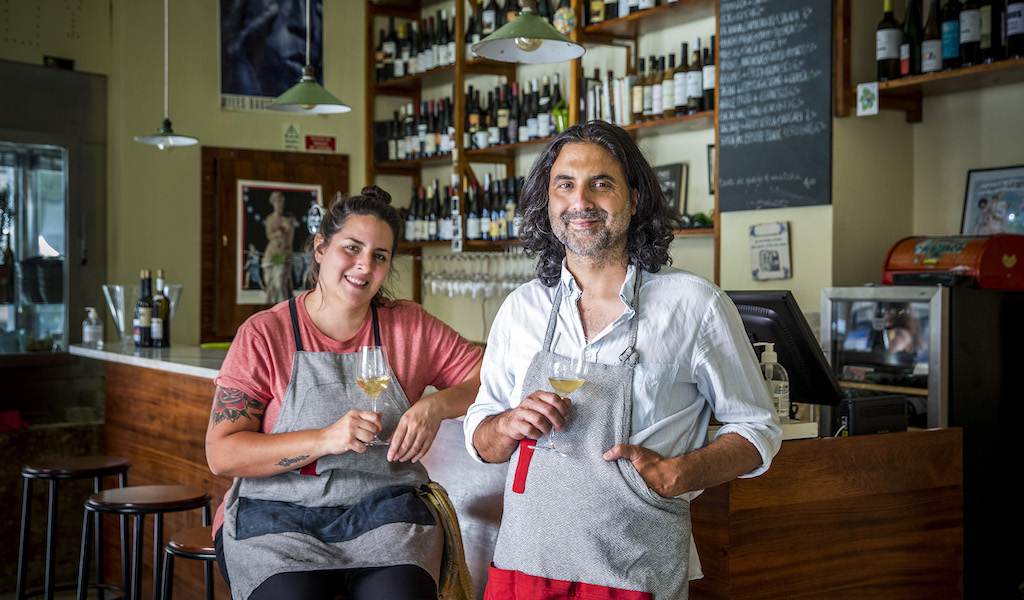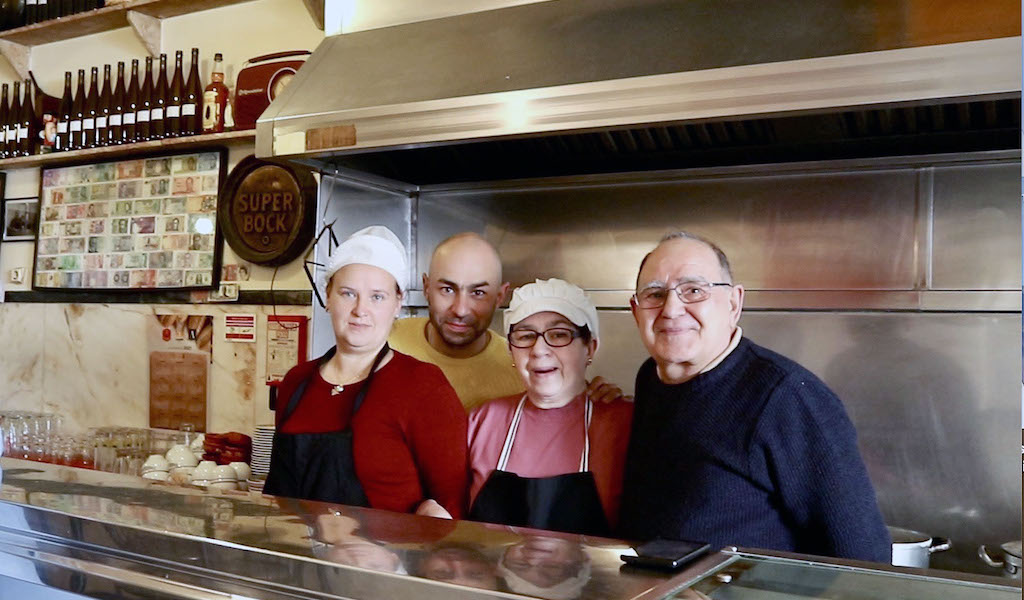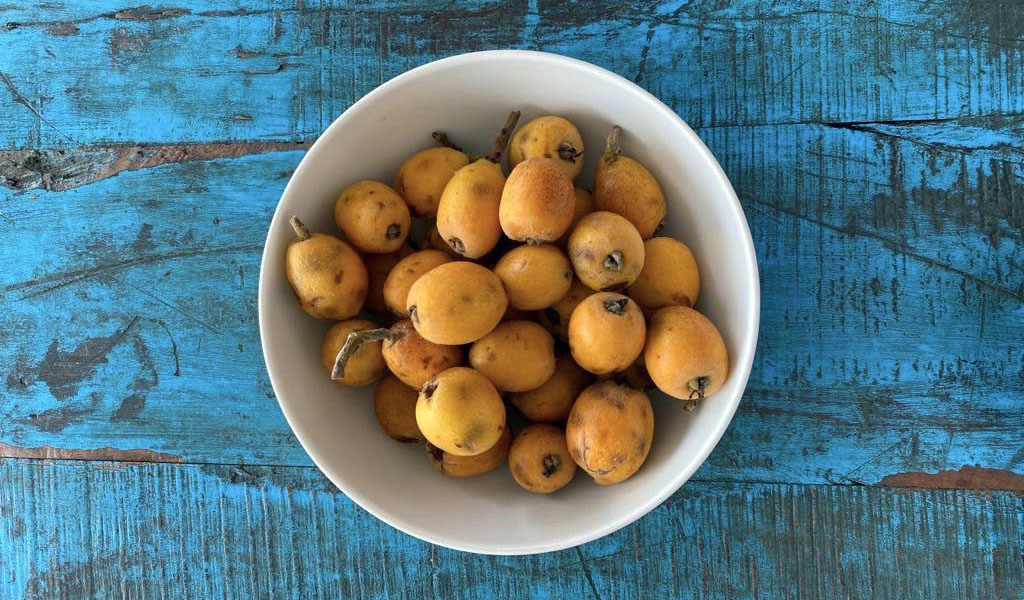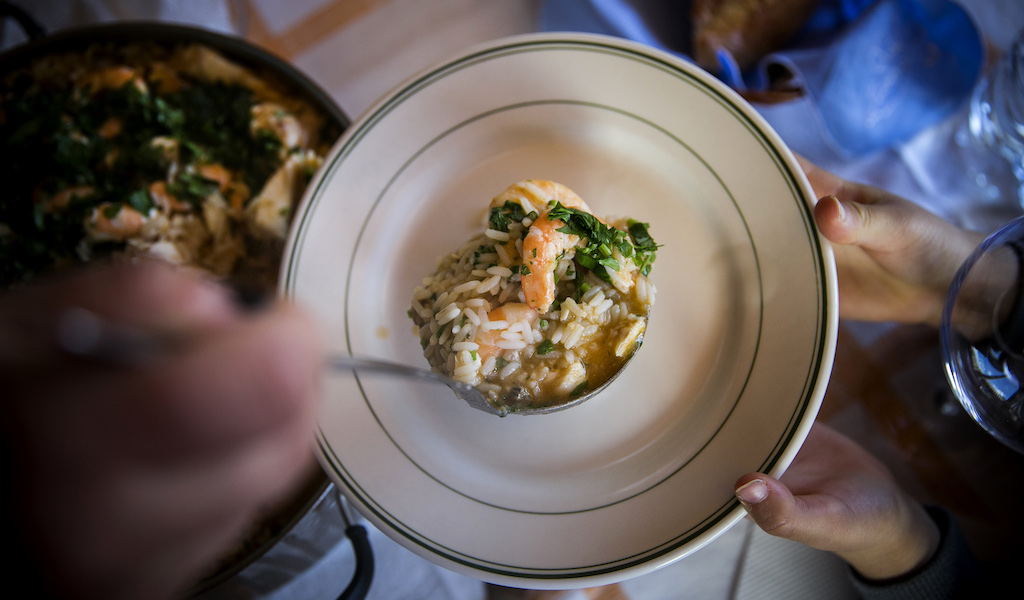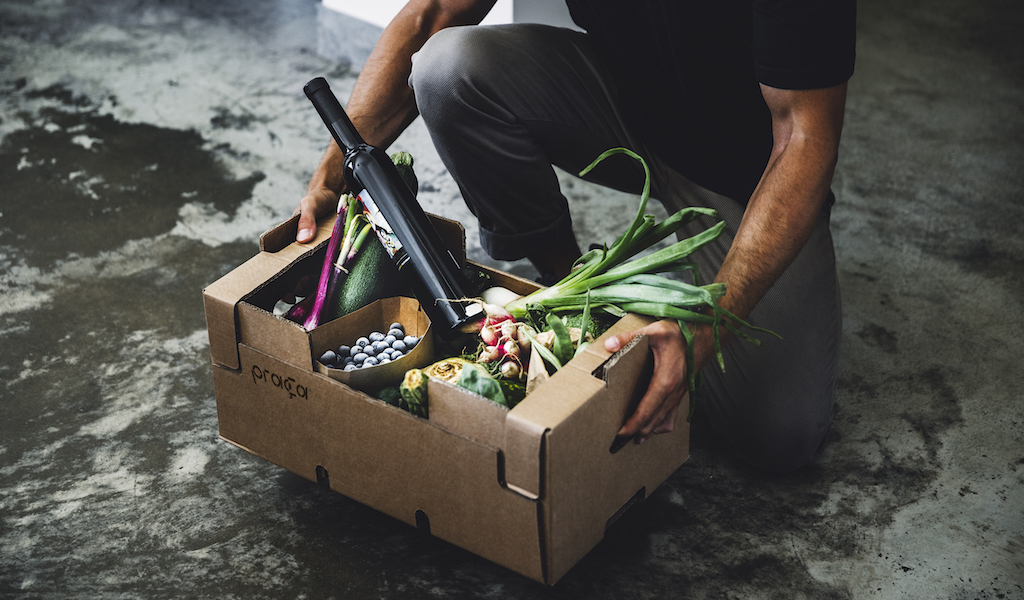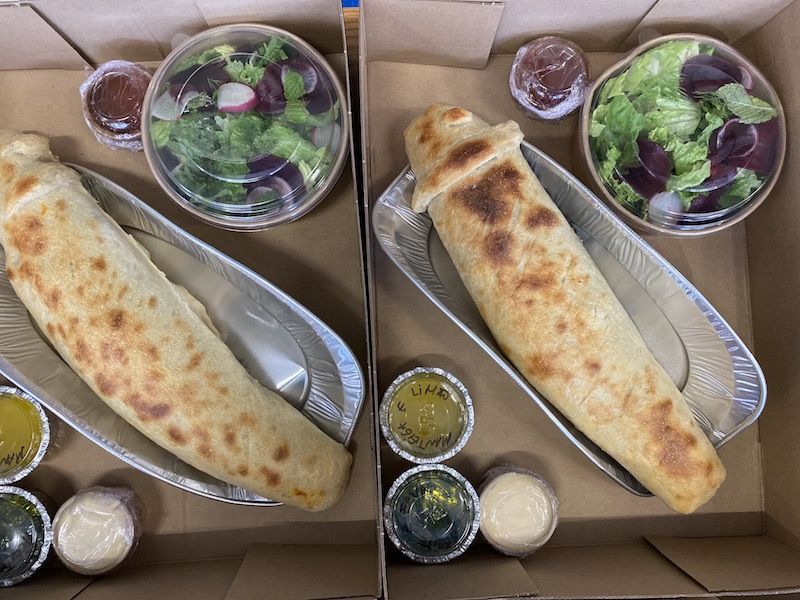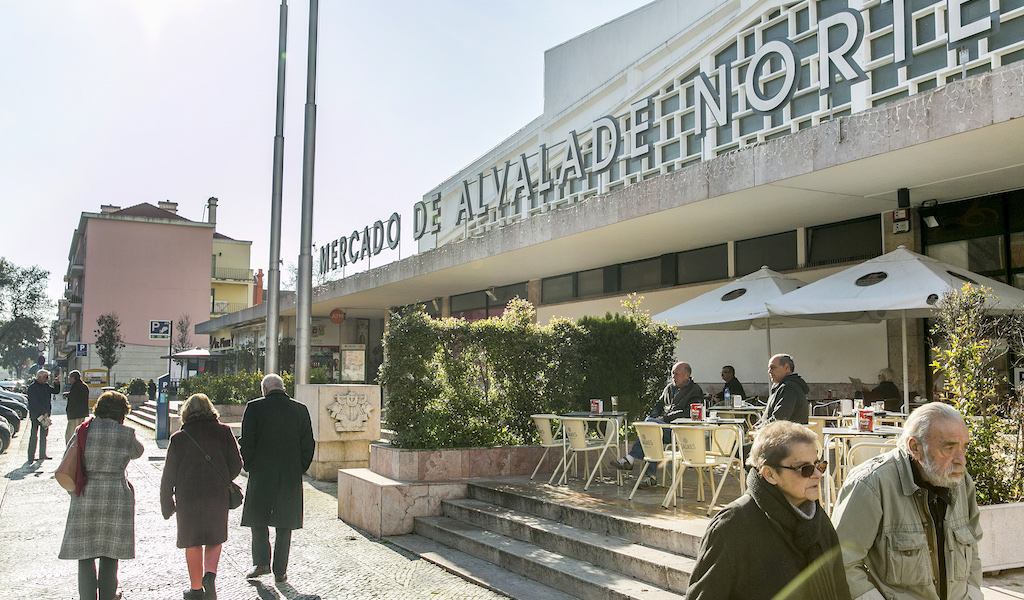We can't find the internet
Attempting to reconnect
Something went wrong!
Hang in there while we get back on track
Search results for "Célia Pedroso"
Lisbon
Tati: Act II For a Lisbon Trailblazer
A decade ago Lisbon was a very different city, and the riverfront Cais do Sodré neighborhood was dominated by Mercado da Ribeira, the central market, and office buildings. No Time Out Market, no hipster cafés or trendy restaurants and bars, and hardly any tourists. In 2011 Café Tati opened in an 18th-century building behind the central market, a new entry amongst the old-school tascas and restaurants feeding market vendors and office workers, and the bars and clubs down neglected streets in the neighborhood’s former red light district. Founded by Ramón Ibáñez, a transplant from Barcelona, Café Tati was a breath of fresh air, offering relaxed meals, organic and natural wines, and live music, too.
Read moreLisbon
A Tasca Renewed: Imperial de Campo de Ourique Reopens After Lockdown
Last Monday was an emotional day for João Gomes, his wife, Adelaide, his son Nuno and Nuno’s wife, Ludmila. Imperial de Campo de Ourique, the family’s tasca, reopened for business after being shut for almost three months due to anti-Covid measures in Portugal. Hungry Lisboetas can once again enjoy the traditional and hearty dishes cooked by Adelaide, the heart of Imperial’s kitchen, and the joy of a warm welcome by João, the tasca’s enthusiastic frontman. “The biggest pleasure is to be able to talk to my clients again, I really missed this,” he tells us, a mask covering his wide-open smile.
Read moreLisbon
Spring (Food) Break 2021: The Short but Sweet Life of Lisbon’s Loquats
A ripe loquat is a thing of beauty. For a short window of time, usually in April and May, trees heavy with the fruit can be spotted across Lisbon, in both public parks, private gardens and tiny backyards. We have a few favorite ones that we frequent, sometimes surreptitiously, during loquat season to pluck the small, butterscotch-colored fruit and fulfill our craving. But we have to be quick – loquats are as short-lived as they are delicious. Adriana Freire, the founder of Cozinha Popular da Mouraria, a community kitchen, knows the city’s loquat trees even better than we do. Although a popular spring fruit in Portugal, many of Lisbon’s loquat trees are ornamental in nature and often left unpicked.
Read moreLisbon
Building Blocks: Carolino, Portugal’s Homegrown Rice Champ
That the Portuguese love rice – Portugal is, in fact, Europe’s largest consumer of rice – comes as a surprise for many. Unlike Spanish paella or Italian risotto, the country’s rice dishes are barely known beyond its borders. Yet a glance at the menu of any tasca or traditional restaurant in Lisbon will reveal the wealth of Portuguese rice dishes. It’s mostly served soupy, as in arroz de marisco, a stew of seafood and rice, but there are exceptions, such as arroz de pato, almost like a pilaf of duck and rice. You’ll also find it in blood-thickened meat stews such as cabidela and sarrabulho, and soups, from canja, made with chicken and rice, to bean soup. It’s also a staple side dish, usually paired with vegetables or legumes.
Read moreLisbon
A Praça: The Municipal Market, Reimagined
A former industrial center, eastern Lisbon has gained a new vibrancy of late, with old factories and decrepit warehouses made over into art galleries, restaurants and breweries. Not even the pandemic has been able to stop this development: A Praça, a marketplace connecting Lisboetas with producers from around the country, has recently set up shop in an old meat-processing plant and civil personnel canteen in the former Manutenção Militar, the industrial area of the Portuguese Army that’s now home to Hub Criativo do Beato. The project is set to open to the public later in the year but is already up and running digitally, offering many products, including fresh produce from local farmers, artisanal smoked sausages, wine, cheese and olive oil, for takeaway and delivery.
Read moreLisbon
Creativity, To Go: Lisbon’s Restaurants Try a New Take on Takeaway
With a new lockdown in Portugal, it feels as if we’ve entered another dark period of the pandemic. Once again, food and drink have become a central concern and source of comfort: Planning meals, cooking, shopping or just thinking about food seem to occupy our brain in an almost obsessive way. For Lisbon’s restaurants and cafés, the focus is on creating food for a different type of consumption. Since only takeaway and delivery are currently allowed, many are developing special dishes or menus that are better suited to travel. Here are a few of our favorites, although it was hard to choose from the many delicious options.
Read moreLisbon
Mercado de Alvalade: Market Rebound
It’s hard to imagine now, but Alvalade, a neighborhood north of downtown Lisbon and close to the airport, was comprised mainly of fields in the early 20th century, with farms in the area supplying the Portuguese capital with dairy products as well as fresh fruits and vegetables. Those farms may be long gone, but this residential neighborhood is still famous for its high-quality produce – except rather than being grown on the land, it’s sold at the Mercado de Alvalade, a municipal market that opened in 1964. Although the produce comes from MARL (the large central wholesale market north of Lisbon), a lot of it is still grown in the fertile region north and west of Lisbon.
Read more